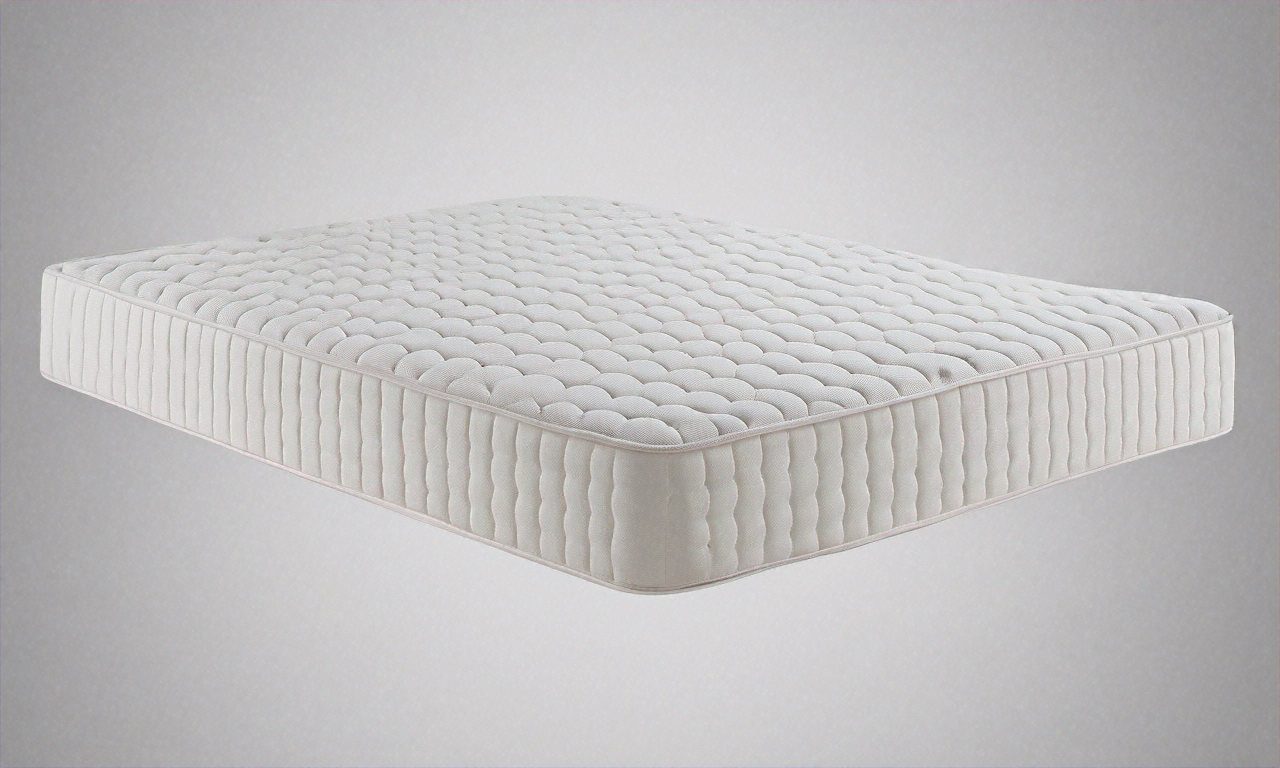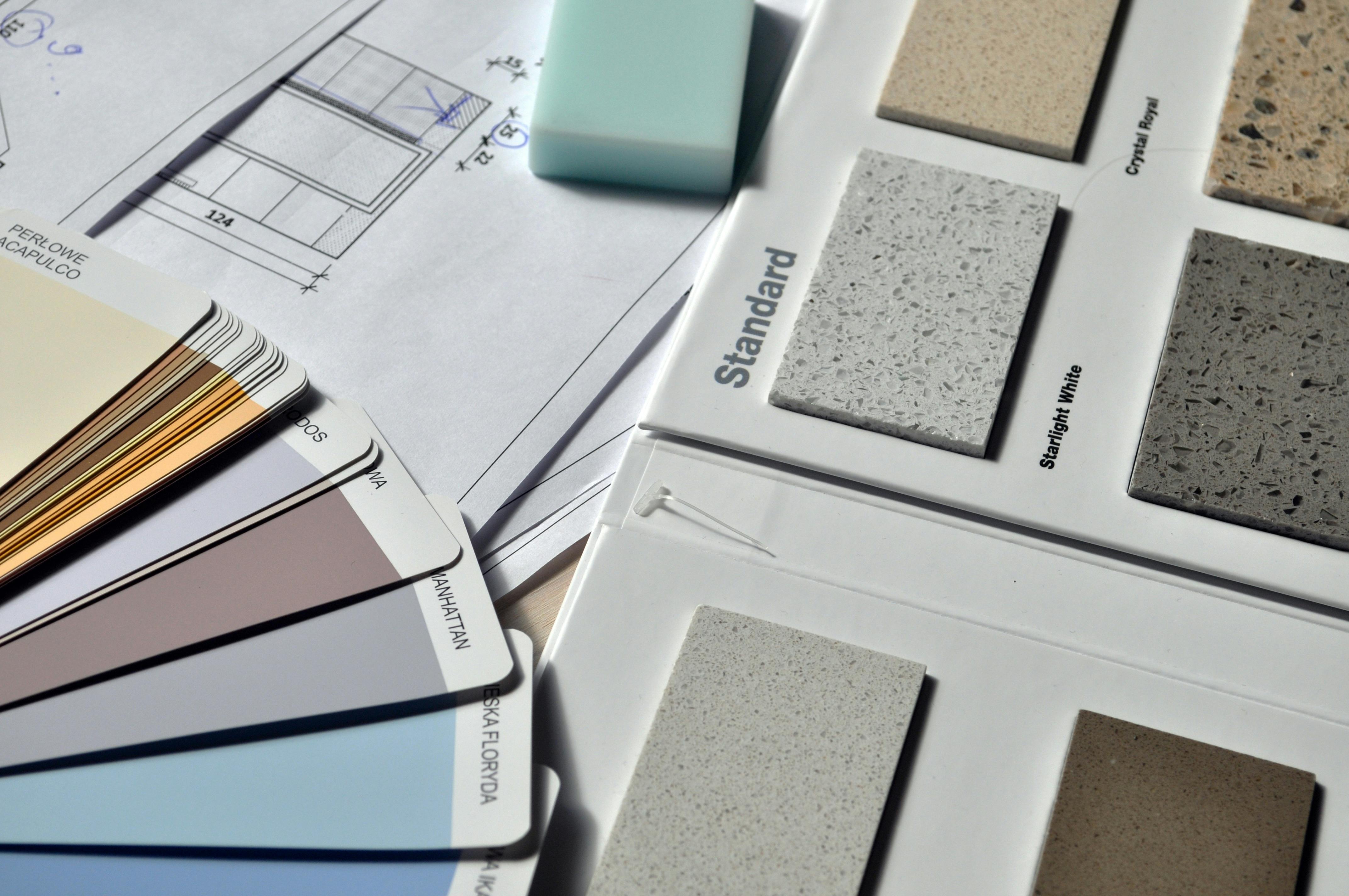How Side Sleeper Mattresses Ease Shoulder and Hip Pressure
Side sleepers need comfort that cushions pressure points without losing support. Mattresses designed for this position combine alignment and relief, helping reduce strain on shoulders and hips while improving rest. Discover how design impacts healthier sleep.

What Makes Pressure Relief Mattress Design Effective
Pressure relief mattress design focuses on distributing body weight evenly across the sleep surface while providing targeted support to natural body curves. Side sleepers place concentrated weight on their shoulders and hips, creating pressure points that can restrict blood flow and cause discomfort. Effective pressure relief systems use multiple zones of varying firmness levels, allowing heavier body parts to sink in while maintaining support for lighter areas like the waist.
The key to successful pressure relief lies in contouring materials that conform to body shape without creating excessive sinkage. These materials respond to body heat and weight, creating a customized sleep surface that reduces pressure point intensity. Additionally, responsive support layers beneath the comfort materials prevent the sleeper from sinking too deeply, which could misalign the spine.
How Spine Alignment Sleep Solutions Work for Side Sleepers
Spine alignment sleep solutions for side sleepers require careful balance between softness and support. When lying on their side, a person’s spine should maintain its natural S-curve, similar to standing posture. This alignment requires the mattress to support the heavier hip area while cushioning the shoulder and maintaining the natural curve at the waist.
Zoned support systems address this challenge by incorporating different firmness levels across the mattress surface. Softer zones accommodate the shoulder and hip areas, while firmer sections support the torso and legs. This targeted approach ensures that the spine remains in proper alignment throughout the night, reducing the likelihood of waking up with back pain or stiffness.
The materials used in spine alignment solutions must also maintain their supportive properties over time. High-quality support cores, whether made from innersprings, foam, or latex, provide consistent spinal support while allowing the comfort layers to conform to body contours.
Memory Foam Side Sleeper Mattresses and Pressure Point Relief
Memory foam side sleeper mattresses excel at pressure point relief due to their viscoelastic properties. This material responds to body heat and pressure, gradually conforming to the sleeper’s shape and distributing weight across a larger surface area. For side sleepers, this means reduced pressure on shoulders and hips as the foam cradles these areas while supporting the body’s natural curves.
Modern memory foam formulations address earlier concerns about heat retention and slow response times. Gel-infused memory foams, open-cell structures, and copper or graphite additives improve temperature regulation while maintaining the pressure-relieving benefits. These enhanced materials provide the contouring benefits side sleepers need without the drawbacks of traditional memory foam.
The density and thickness of memory foam layers significantly impact their effectiveness for side sleepers. Higher-density foams typically provide better pressure relief and durability, while appropriate thickness ensures adequate contouring without compromising support. Multiple layers of varying densities create comprehensive pressure relief systems that address different comfort and support needs.
Hybrid Mattress Options for Side Sleepers
Hybrid mattress options for side sleepers combine the pressure-relieving properties of foam or latex with the responsive support of innerspring systems. This combination addresses the dual needs of side sleepers: conforming comfort for pressure points and robust support for spinal alignment. The innerspring core provides breathability and bounce, while comfort layers offer the contouring necessary for pressure relief.
Pocketed coil systems in hybrid mattresses provide better motion isolation and conforming ability compared to traditional innersprings. Individual coils can respond independently to body contours, allowing for better pressure relief at the shoulders and hips while maintaining support in other areas. The coil gauge and count affect the mattress’s feel and support characteristics, with lower gauge coils providing firmer support.
The comfort layers in hybrid mattresses can include memory foam, latex, polyfoam, or combinations of these materials. Each material offers different benefits for side sleepers, from the conforming properties of memory foam to the responsive buoyancy of latex. The layering and thickness of these materials determine the overall feel and pressure-relieving capabilities of the hybrid system.
| Mattress Type | Key Features | Pressure Relief Method | Typical Price Range |
|---|---|---|---|
| Memory Foam | Contouring, motion isolation | Body heat activation, weight distribution | $300-$1,500 |
| Latex | Responsive, temperature neutral | Natural elasticity, point elasticity | $800-$2,500 |
| Hybrid | Coil support with foam comfort | Zoned coils with conforming layers | $600-$3,000 |
| Innerspring with Pillow Top | Traditional feel with added cushioning | Surface-level cushioning over coil support | $400-$1,800 |
Prices, rates, or cost estimates mentioned in this article are based on the latest available information but may change over time. Independent research is advised before making financial decisions.
The selection of an appropriate mattress depends on individual preferences, body weight, and specific pressure point sensitivity. Side sleepers benefit most from mattresses that offer medium to medium-soft firmness levels, typically rating between 3-6 on a 10-point firmness scale. This range provides adequate pressure relief while maintaining necessary support for spinal alignment.
Temperature regulation also plays a crucial role in mattress selection for side sleepers, as body heat concentration at pressure points can affect comfort and sleep quality. Materials and constructions that promote airflow and heat dissipation contribute to better overall sleep experiences for side sleepers who may be prone to sleeping warm.
Understanding how different mattress types address shoulder and hip pressure helps side sleepers make informed decisions about their sleep surface. Whether choosing memory foam for maximum contouring, latex for responsive support, or hybrid designs for balanced comfort, the key lies in finding a mattress that reduces pressure points while maintaining proper spinal alignment throughout the night.




